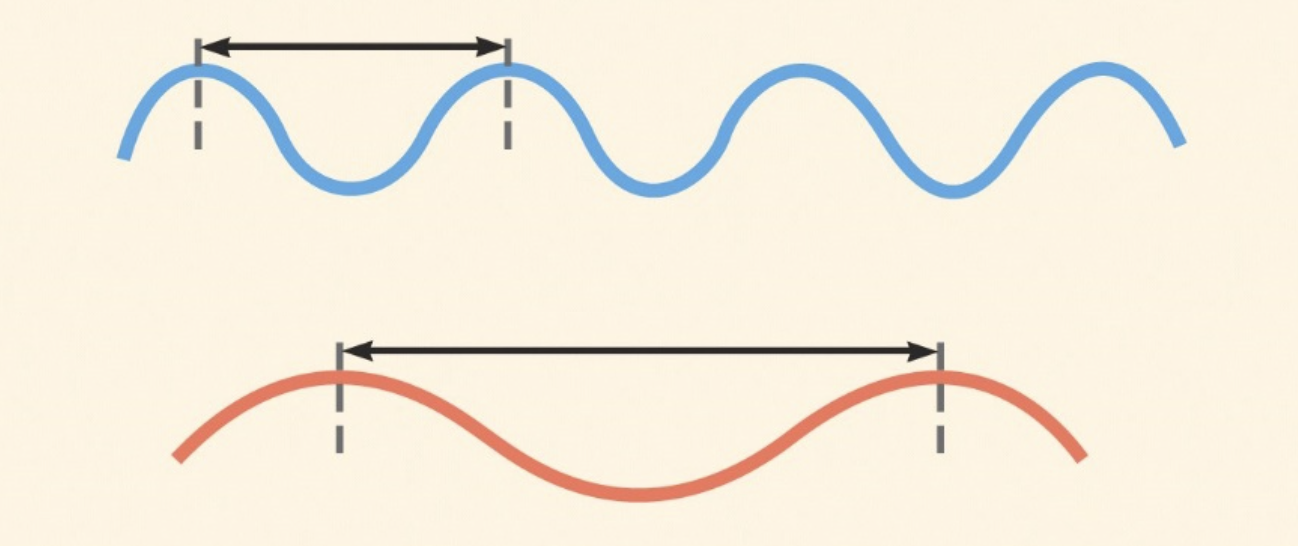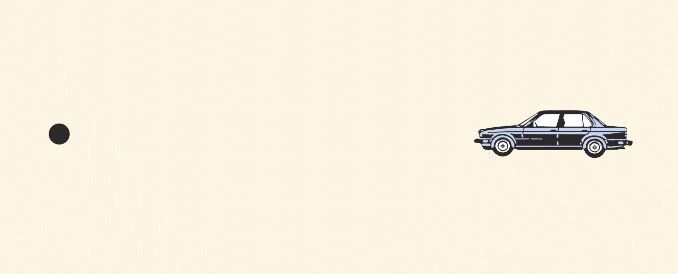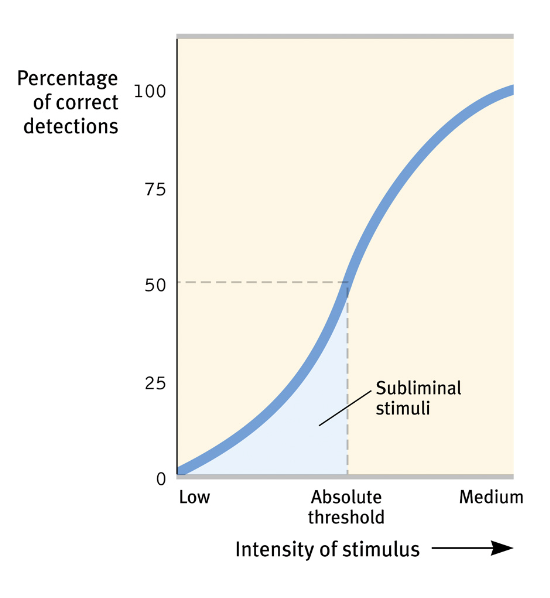3 Sensation and Perception
1/78
Earn XP
Name | Mastery | Learn | Test | Matching | Spaced |
|---|
No study sessions yet.
79 Terms
sensation
the faculty through which the external world is apprehended
perception
the process of organizing and interpreting sensory information, enabling us to recognize meaningful objects and events
bottom-up processing
analysis that begins with the sensory receptors and works up to the brain’s integration of sensory information

top-down processing
information professing guided by higher-level mental processes, as when we construct perceptions drawing on our experience and expectations

selective attention
the focusing of conscious awareness on a particular stimulus, as in the cocktail party effect

inattentional blindness
falling to see visible objects when our attention is directed elsewhere

change blindness
the tendency to fail to detect changes in any part of a scene to which we are not focusing our attention
transduction
conversion of one form of energy into another. In sensation, the transforming of stimulus energies, such as sights, sounds, and smells, into neural impulses our brains can interpret.
psychophysics
the study of relationships between the physical characteristics of stimuli, such as their intensity, and our psychological experience of them

absolute threshold
the minimum stimulation needed to detect a particular stimulus 50 percent of the time
signal detection theory
A theory predicting how and when we detect the presence of a faint stimulus ("Signal") amid background stimulation ("Noise"). Assumes there is no single absolute threshold and detection depends partly on a person's experience, expectations, motivation, and level of fatigue.
subliminal
below one's absolute threshold for conscious awareness
priming
The activation, often unconsciously, of certain associations, thus predisposing one's perception, memory, or response
difference threshold
the minimum difference between two stimuli required for detection 50 percent of the time. We experience the ____ as a just noticeable difference. (Also called just noticeable difference or JND.)

Weber's law
The principle that, to be perceived as different, two stimuli must differ by a constant minimum percentage (rather than a constant amount)
sensory adaptation
diminished sensitivity as a consequence of constant stimulation.

perceptual set
a mental predisposition to perceive one thing and not another
extrasensory perception
The controversial claim that perception can occur apart from sensory input. Said to include telepathy, clairvoyance, and precognition.
parapsychology
the study of paranormal phenomena, including ESP and psychokinesis

wavelength
The distance between crests of waves, such as those of the electromagnetic spectrum.
hue
The dimension of colour that is determined by the wavelength of light; what we know as the colour names blue, green, and so forth.
intensity
the amount of energy in a light or sound wave, which we perceive as brightness or loudness, as determined by the wave's amplitude
pupil
the adjustable opening in the center of the eye through which light enters
iris
a ring of muscle tissue that forms the coloured portion of the eye around the pupil and controls the size of the pupil opening
lens
the transparent structure behind the pupil that changes shape to help focus images on the retina
retina
the light-sensitive inner surface of the eye, containing the receptor rods and cones plus layers of neurons that begin the processing of visual information

accommodation
process by which the eye’s lens changes shape to help focus near or far objects on the retina
act or state of adjustment or adaptation, changes in the shape of the ocular lens for various focal distances
rods
retinal receptors that detect black, white, and gray; necessary for peripheral and twilight vision, when cones don't respond
cones
Retinal receptor cells that are concentrated near the center of the retina and that function in daylight or in well-lit conditions. The ____ detect fine detail and give rise to colour sensations.
optic nerve
the nerve that carries neural impulses from the eye to the brain

blind spot
the point at which the optic nerve leaves the eye, creating a blind spot because no receptor cells are located there
fovea
the central focal point in the retina, around which the eye's cones cluster
feature detectors
nerve cells in the brain that respond to specific features of the stimulus, such as shape, angle, or movement

parallel processing
The processing of several aspects of a problem simultaneously; the brain's natural mode of information processing for many functions, including vision. Contrasts with the step-by-step (serial) processing of most computers and of conscious problem solving.

Young-Helmholtz trichromatic theory
the theory that the retina contains three different types of colour receptors—one most sensitive to red, one to green, one to blue—which, when stimulated in combination, can produce the perception of any colour

opponent-process theory
the theory that opposing retinal processes (red-green, yellow-blue, white-black) enable colour vision. For example, some cells are stimulated by green and inhibited by red; others are stimulated by red and inhibited by green
gestalt
an organized whole. Gestalt psychologists emphasized our tendency to integrate pieces of information into meaningful wholes.

figure ground
The organization of the visual field into objects (the figures) that stand out from their surroundings (the ground).
grouping
the perceptual tendency to organize stimuli into coherent groups
depth perception
the ability to see objects in three dimensions although the images that strike the retina are two-dimensional; allows us to judge distance

visual cliff
a laboratory device for testing depth perception in infants and young animals
binocular cues
depth cues, such as retinal disparity and convergence that depend on the use of two eyes

retinal disparity
a binocular cue for perceiving depth; by comparing images from the two eyeballs, the brain computes distance - the greater the disparity (difference) between the two images, the close the object
monocular cues
depth cues, such as interposition and linear perspective, available to either eye alone

phi phenomenon (stroboscopic movement)
an illusion of movement created when two or more adjacent lights blink on and off in quick succession

perceptual consistency/constancy
The perceptual stability of the size, shape, and brightness, and color for familiar objects seen at varying distances, different angles, and under different lighting conditions.

colour constancy
perceiving familiar objects as having consistent colour, even if changing illumination alters the wavelengths reflected by the object

perceptual adaptation
in vision, the ability to adjust to an artificially displaced or even inverted visual field
audition
the sense or act of hearing
frequency
The number of complete waves that pass a given point in a certain amount of time
pitch
a tone's highness or lowness; depends on frequency
middle ear
the chamber between the eardrum and cochlea containing three tiny bones (hammer, anvil, and stirrup) that concentrate the vibrations of the eardrum on the cochlea's oval window
cochlea
The fluid-filled, coiled tunnel in the inner ear that contains the receptors for hearing.
inner ear
structures and liquids that relay sound waves to the auditory nerve fibers on a path to the brain for interpretation of sound.
sensorineural hearing loss
hearing impairment caused by lesions or dysfunction of the cochlea or auditory nerve
conduction hearing loss
hearing loss caused by damage to the mechanical system that conducts sound waves to the cochlea
cochlear implant
a device for converting sounds into electrical signals and stimulating the auditory nerve through electrodes threaded into the cochlea

place theory
in hearing, the theory that links the pitch we hear with the place where the cochlea's membrane is stimulated
frequency theory
in hearing, the theory that the rate of nerve impulses traveling up the auditory nerve matches the frequency of a tone, thus enabling us to sense its pitch
gate-control theory
the theory that the spinal cord contains a neurological “gate” that blocks pain signals or allows them to pass on to the brain. The “gate” is opened by the activity of pain signals traveling up small nerve fibers and is closed by activity in larger fibers or by information coming from the brain.
kinesthesis
the system for sensing the position and movement of individual body parts
vestibular sense
a sensory system located in structures of the inner ear that registers the orientation of the head
sensory interaction
the principle that one sense may influence another, as when the smell of food influences its taste
embodied cognition
the influence of bodily sensations, gestures, and other states on cognitive preferences and judgments
example: warm drinks can make people feel warmer toward a person
According to Weber’s law, by what percentage do light stimuli differ in to be perceived as different?
8%
According to Weber’s law, by what percentage do weight stimuli differ in to be perceived as different?
2%
According to Weber’s law, by what percentage do tone stimuli differ in to be perceived as different?
0.3%

context effects
how the surrounding environment or circumstances can influence the way we perceive stimuli
highlights that our perception of sensory information is not solely determined by the characteristics of the stimuli but is also influenced by the context in which the stimuli are presented
may include factors such as the presence of other stimuli, the environment, or the individual's state of mind

cultural context
context instilled by culture can alter perception

subliminal threshold
when stimuli are below one’s absolute threshold for conscious awareness

pop-out effect
the ____ is a perceptual phenomenon where a distinct and salient stimulus effortlessly captures attention and is rapidly detected among a set of other stimuli
the target stimulus stands out due to its unique features, such as colour or shape, allowing for quick and automatic visual identification without the need for focused attention
evolutionary advantage
in a display of red squares and green circles, if a single blue triangle is present, it will "pop out" and be immediately noticed due to its distinct colour and shape, illustrating the pop-out effect in visual perception

bipolar and ganglion cells
Bipolar cells receive messages from photoreceptors and transmit them to ganglion cells (more specialized) and their axons become the optic nerve

phototransduction
conversion of light energy into neural impulses that the brain can understant

McGurk effect
occurs when there is a perceptual discrepancy between visual information (lip movements) and auditory input (speech sounds).
when the brain receives conflicting signals, it may generate a perception that blends both inputs, resulting in the perception of a sound different from what is actually heard or seen.
Example
if someone sees mouth movements for "ga" while hearing "ba," they may perceive "da" due to the integration of conflicting visual and auditory cues.

convergence
neuromuscular cues
when two eyes move inward to see near objects and outward to see faraway objects

relative motion or motion parallax
objects closer to a fixation point move faster and in opposing direction to those objects that are farther away from a fixation point, moving slower and in the same direction

lightness constancy
highlights how we can see consistent lightness of an object even as the illumination may vary

critical period
an optimal period early in the life of an organism when exposure to certain stimuli or experiences produces normal development

prosopagnosia
Prosopagnosia is a neurological condition characterized by the inability to recognize faces, often despite the preservation of other aspects of visual processing
Individuals with prosopagnosia may struggle to identify familiar faces, including those of family and friends, and may rely on alternative cues for recognition
Someone with prosopagnosia might find it challenging to recognize a close friend's face even if they can recognize other visual details about the person, such as their voice or clothing